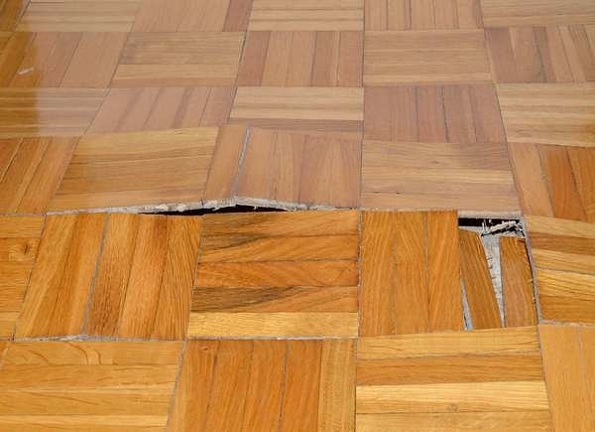During an open house, people looking to buy a house try to get a feel for how well it fits their needs: Does it have enough bedrooms? Is there enough room in the kitchen? Need to update the bathrooms? But it’s important to remember that a house, which is the biggest investment most people will ever make, has to do more than just meet a list of requirements. It must also be in good condition.
To assist prospective buyers in determining the condition of a property, the standard listing contract includes a disclosure form on which the seller is required to list all known defects. But the seller might not know about all the problems, and some sellers might leave out problems on purpose in hopes that you won’t notice them.
To avoid having to pay for repairs you didn’t expect, click through to find out about some common warning signs that should make you think twice about buying.
Doors That Will Not Shut
When doors won’t close, it means that the framing members have moved and the door frame is now out of alignment. Some people may have had to cut a little off the top or bottom of the door to get it to close. So, if you see a door with a bit cut off the top or bottom, be careful. The door may close well, but the problem that caused it to move still exists.
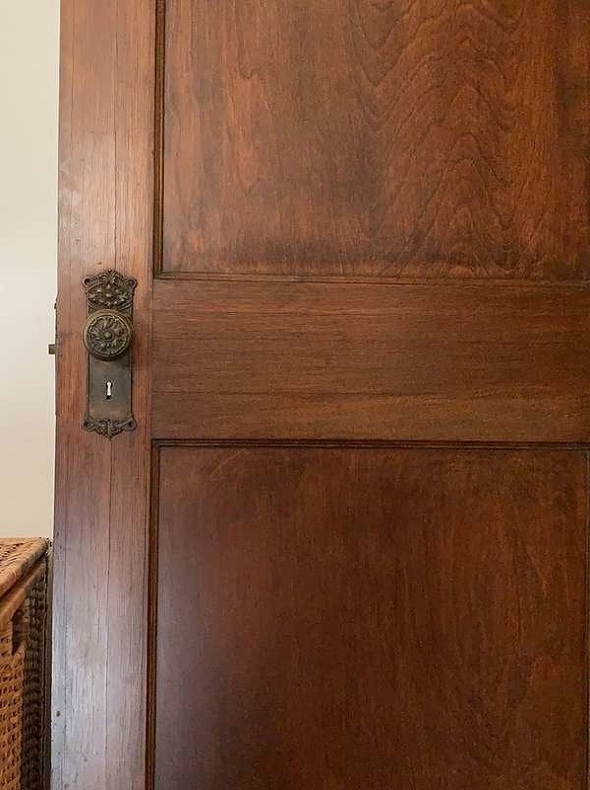
Foundation Cracks
Almost all poured concrete foundations will crack at some point, but small cracks don’t mean there’s a problem. But if a crack is more than 1/2 inch wide, you should have a foundation contractor look at it. This is also true for cracks that look like they were just fixed. Large cracks can be a sign that the foundation is not stable.

Moldy Smell
Most mold isn’t scary and toxic like Stachybotrys, but breathing in mold spores of any kind can cause respiratory problems, headaches, and other illnesses. Mold may also be a sign that something is wrong with the house. Check for leaks under sinks, around windows, in basements, and in crawl spaces if you smell mold. If a leak has been going on for a long time, building materials like wood, drywall, and carpets may need to be replaced.
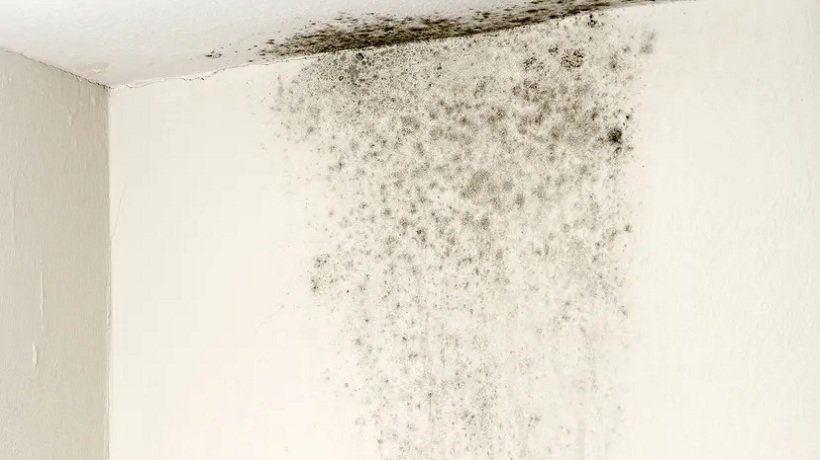
Active Insect Infestations
The presence of live termites can put a house contract at risk, so it’s important to know what to look for before making an offer. Small piles of tiny brown droppings on the floor near a wall are one sign. Other signs are when you knock on a piece of wood and hear a hollow sound or see mud tubes on a foundation. Termites live underground, so they build tiny mud tunnels along foundations and walls to get from the wood they’re eating to their underground nests without getting too much sun.
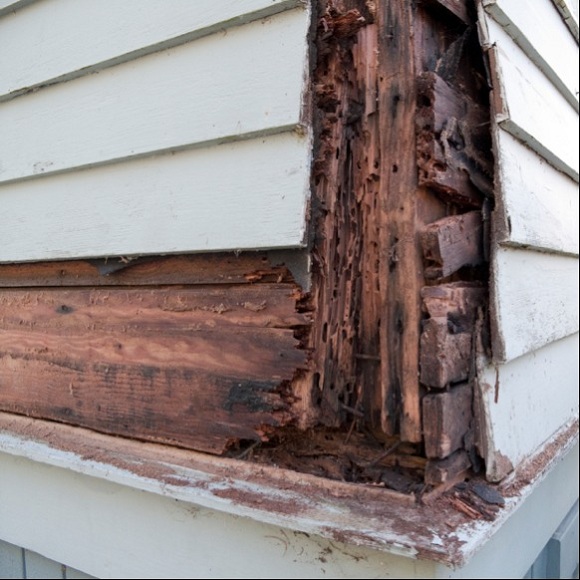
Water Stains
Water and construction materials don’t go together. A leaky roof or window can let a little water in, which can slowly rot away structural wood. If water stains are yellow or brown, it could mean that there is a problem with the plumbing on a higher floor. Don’t make an offer until you know where a leak is coming from and how much damage it’s caused.
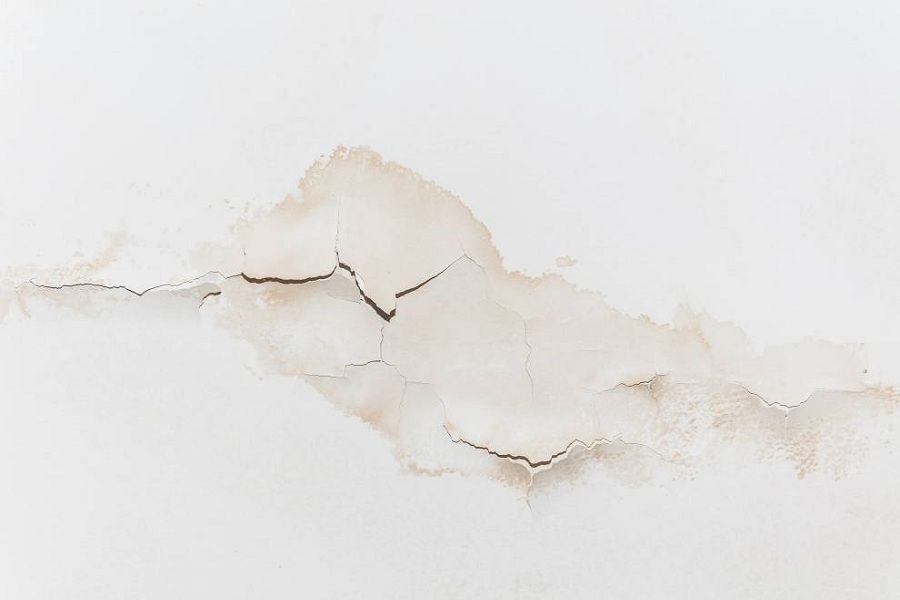
Saggy Ceiling
Even if the house is cute and cozy, a sagging ceiling is a red flag. Even if the sagging isn’t too bad, a sagging ceiling can be caused by roof leaks, structural movement that pulls the ceiling drywall away from the ceiling joists, or an insect infestation that eats away at the joists. Whatever the cause, repairing it could be costly.
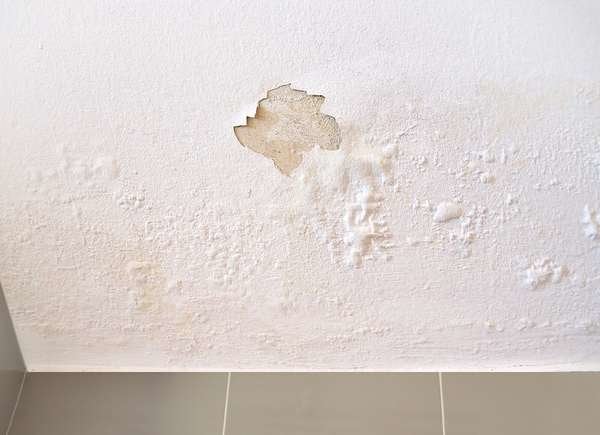
DIY additions
This is definitely a case of “buyer beware!” Even though a lot of homeowners can fix things around the house, not many have enough knowledge and skills to build an addition that meets building codes. If the homeowner built an addition without the help of the local building authority, there could be problems with the structure, wiring, or plumbing.
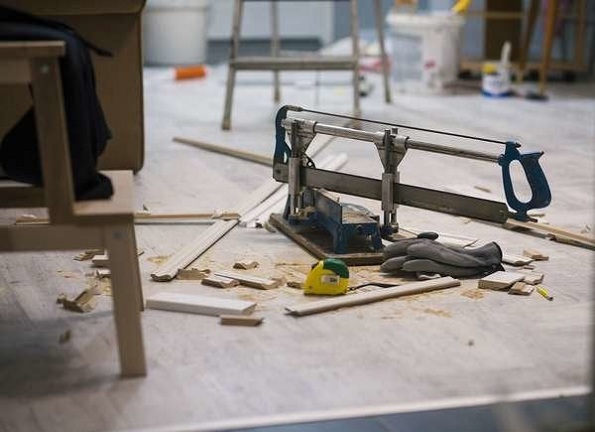
Fresh Paint
Not all new paint is a sign of trouble. In fact, sellers often paint the walls before putting their homes on the market. But you should be suspicious of new paint if it doesn’t look right, like when only one wall in a room has been painted. Spot painting could mean that the seller is trying to hide something wrong with the wall, like a stain from water.
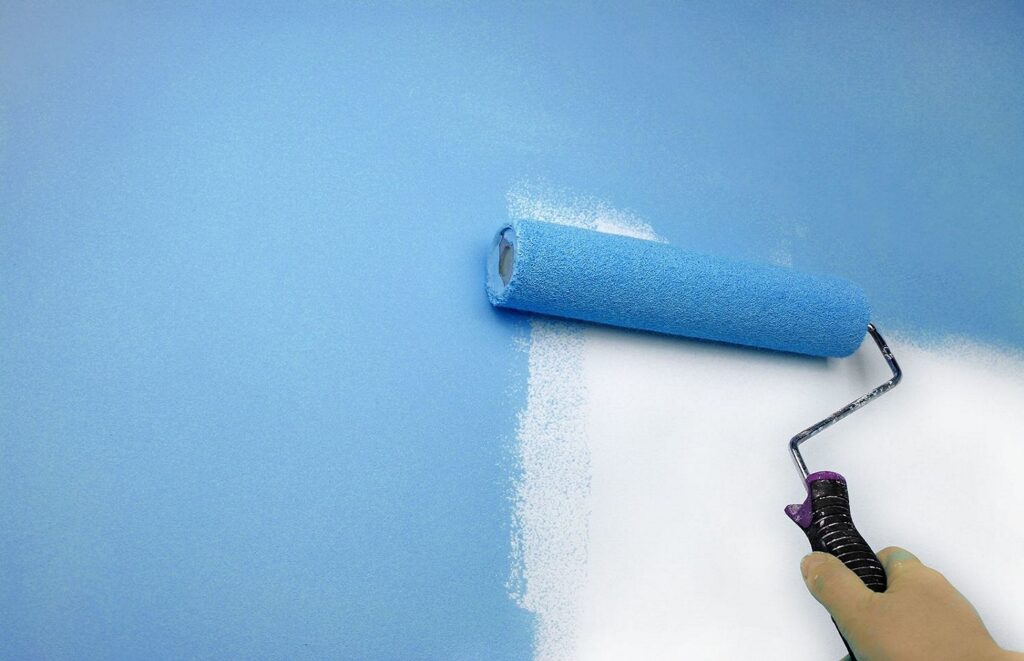
Strong Air Fresheners
When you walk into a house and smell a strong scent of air freshener or see essential oil diffusers steaming in every room, this could be a sign that the owner is trying to cover up the smell of something else, like pet urine-soaked carpeting or mold growing under the sink. If you like the house, ask to see it again and ask the seller not to use air freshener before you get there.

Everyone’s Selling
As real estate agents like to say, “location, location, location” is the most important thing to think about when buying a house. If a lot of homes in the area are for sale, it could mean that there is something wrong with the area, like a rising crime rate or a proposed landfill. When you’re looking for a house, you should always check out the neighborhood.

Standing Water in the Yard
A yard should have a minimum 2% grade away from the house to keep water away from the foundation wall. After it has rained, drive by the house you like. If there are pools of water in the yard, there may be a problem with how the water drains. Most worrying are puddles near the foundation, because water that drains along the foundation wall can get into the basement through the tiniest crack.
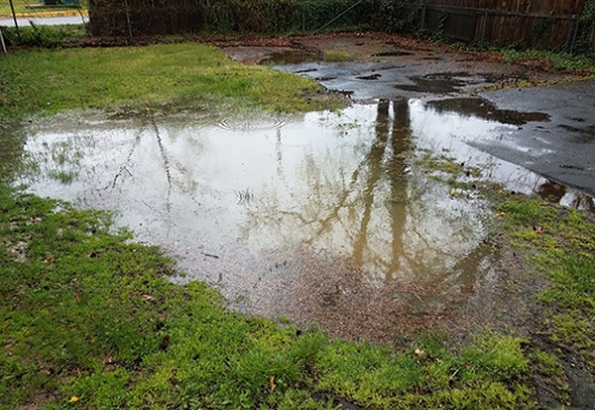
Inadequate Attic Ventilation
Look at the bottom of the roof eaves from outside the house (the soffits). You should be able to see one or more intake vents. More exhaust vents should be placed along the ridge of the roof, on the side of the roof near the ridge, or at the top of a gable wall. Without enough air flow, an attic can get blazing hot in the summer, which can damage the roof sheathing (decking) and the shingles.
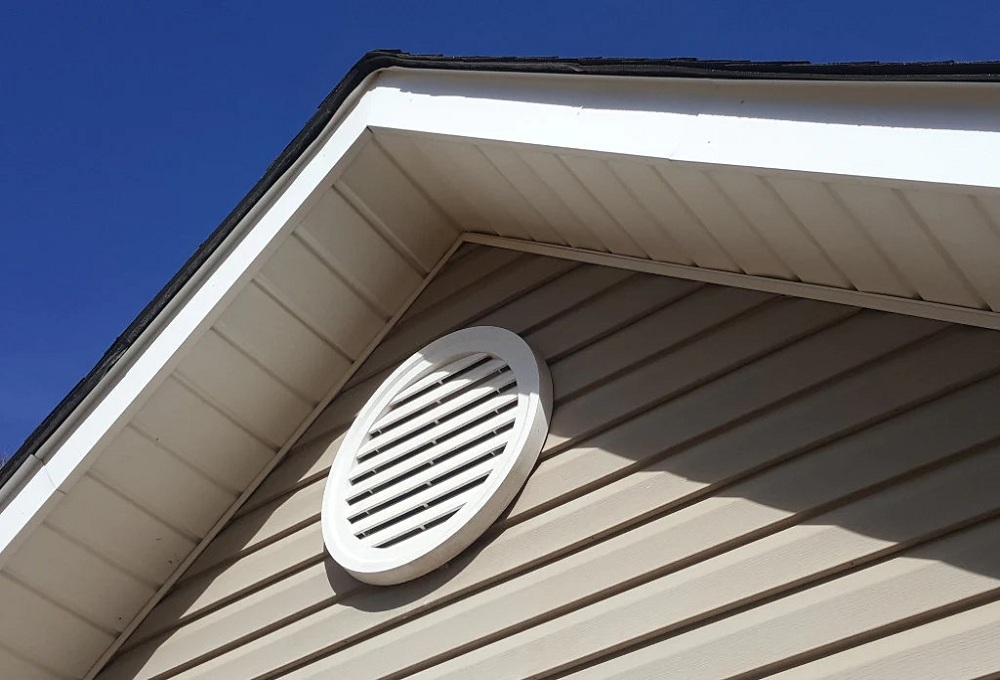
Aging HVAC System
Most furnaces last 15 to 18 years, and most air conditioners last 10 to 12 years. As HVAC (heating, ventilation, and air conditioning) units get close to the end of their useful lives, they don’t work as well as they used to. Because of this, they will cost more to run, and they might not heat or cool the house as well. There is also a chance that one or both of them will stop working altogether, leaving you with the cost of buying new ones.
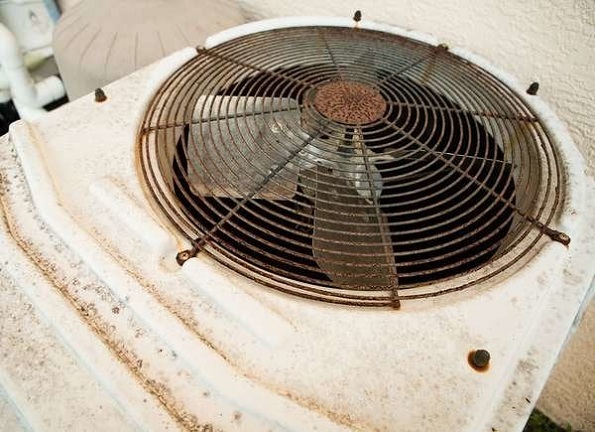
Shingle Problems
It costs a lot of money to replace a roof: Depending on the size of the roof and the materials used, a new roof can cost anywhere from $6,000 to $20,000 or more. Because of this, it’s important to look at the roof carefully. Shingles that curl up at the corners, missing shingles, cracked shingles, or nail heads that are visible are all signs that the roof might need to be replaced. A person who works on roofs will know for sure.
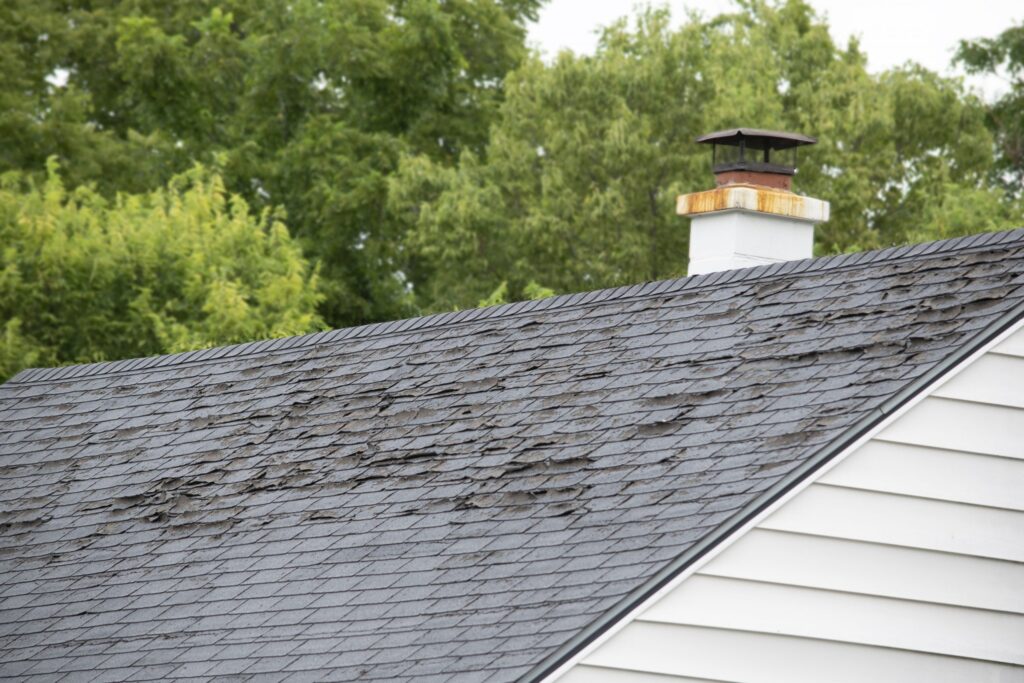
As-Is Properties
Some sellers put their homes on the market “As Is” because they don’t want to deal with any problems that might be found during a professional inspection. They are telling you, in essence, that if there are problems, they won’t pay to fix them. You can still have the house inspected, and you should. If the inspector finds termites, mold, or other problems and you still decide to buy the house, you’ll have to pay for all the repairs.
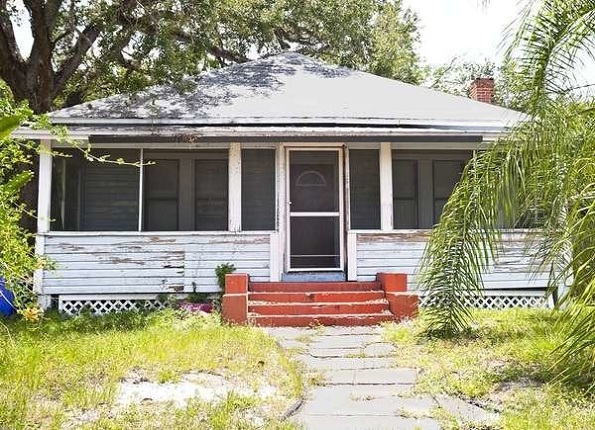
The house has been for sale for a long time
There are many things that can affect how long a house is on the market before it sells, but real estate expert Zillow says that the average time from listing to closing is 68 days. Talk to a real estate agent about how long houses usually stay on the market in your area, but in general, be wary of a house that has been for sale for months or even years. It could have problems that aren’t obvious and that would be expensive to fix.

Bargain-Basement Price
Find out why a house is priced so much lower than its market value before you rush to make an offer. You won’t be getting an amazing deal if the septic system backs up the day you move in and fills your shower with raw sewage. Most of the time, houses that are priced very low have problems that will cost a lot to fix. Hire professional inspectors to make sure you know exactly what you’re getting before you buy.
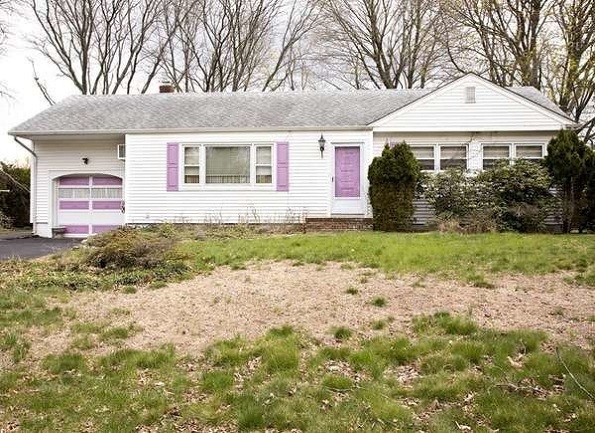
For Sale By Owner
If you buy a “for-sale-by-owner” (FSBO) home, you might be able to save a few thousand dollars in commissions, but you could end up with more trouble than you bargained for. Real estate deals are complicated, and if you don’t have an agent to help you through the steps, you could end up with a house that has serious problems with the structure or the deed. Before making an offer on an FSBO, you should at least talk to a real estate lawyer.
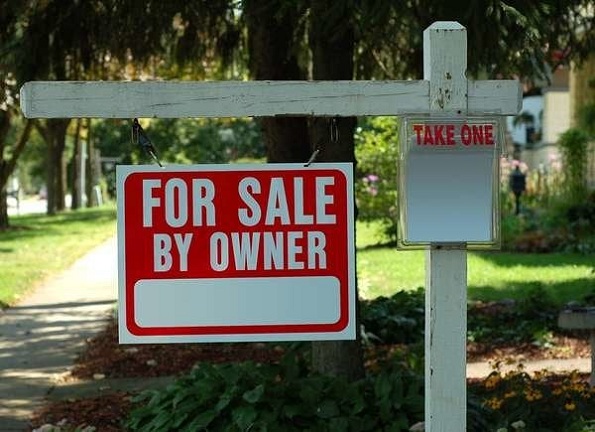
Sloping Floors
Slightly sloped floors can be caused by normal settling, but a noticeable slope could be caused by a problem with the foundation, broken floor joists, or rotted support beams. Fixing structural problems can cost thousands of dollars, so if one or more of the floors slope, it’s best to have a structural engineer look at the house.
